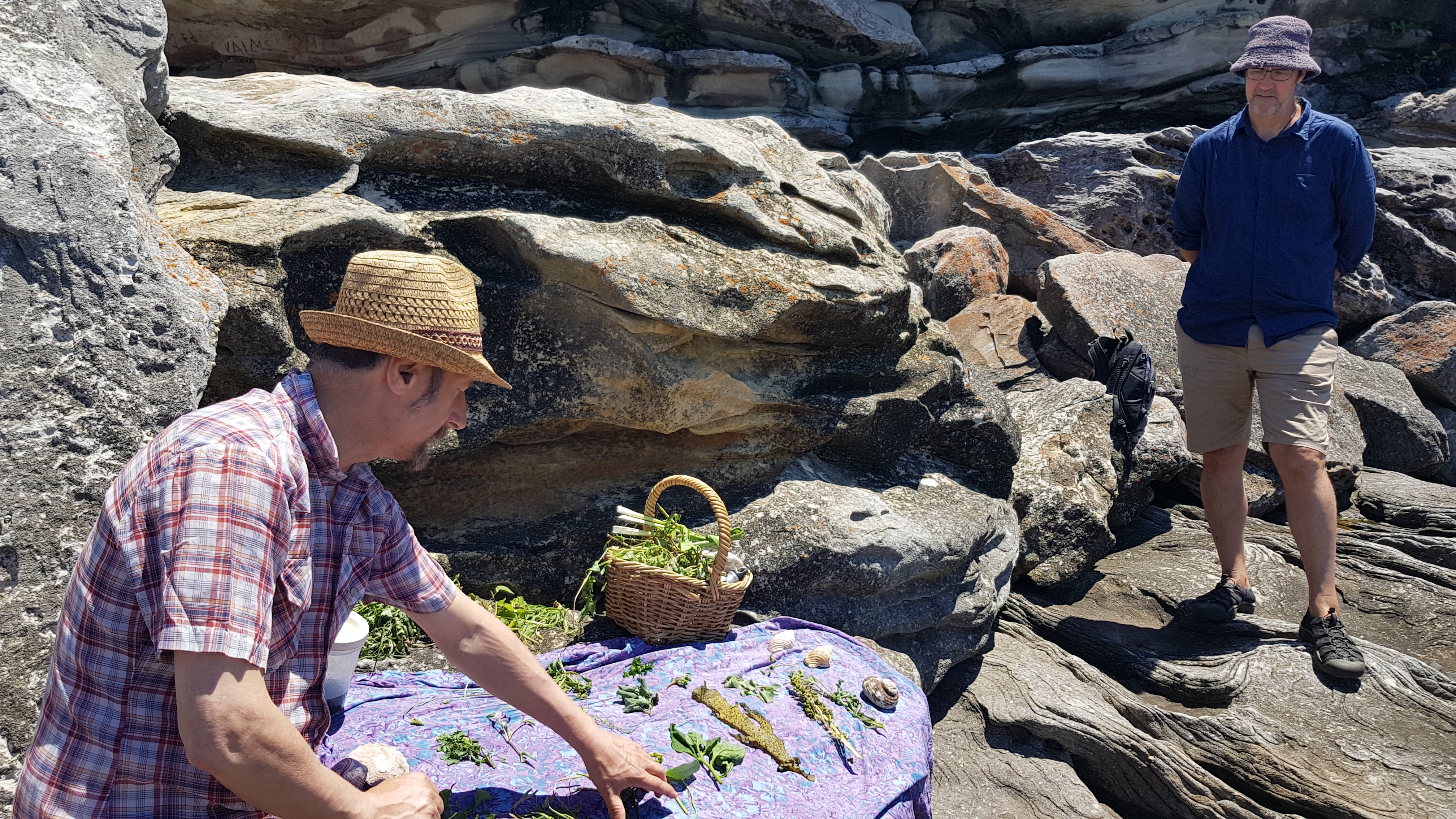Diego Bonetto is a weed fanatic.
No, not the kind associated with glassy eyes and a million-yard stare, but the secret ones – introduced and native flora whose purpose has, he believes, been largely forgotten.
When Mr Bonetto spies a dandelion struggling to breathe in the cracks between the hot concrete on Parramatta Road in western Sydney, he doesn’t see just a weed with a pretty flower; he sees a salad.
He knows that a dandelion’s roots taste like parsnip and that the flowers make great fritters. That if you preserve the roots for years, they make a coffee substitute, and the leaves a laxative tea.
What’s more, he knows that dandelions are an introduced weed, native to Europe and North America, and that they are commonly mistaken for sow thistle, which is native to Eurasia and tropical Africa. (Sow thistle can be cooked like spinach; New Zealand Maoris use its leaves like chewing gum.)
Mr Bonetto is a Sydney-based edible weed advocate, known for his urban foraging workshops where he trains city dwellers to spot useful vegetation.
“If you can’t find an edible weed within two metres of your front door, call me,” he says.
With him at a recent foraging workshop by the ocean in Sydney was Oliver Brown, an archeologist, hunter, fisherman and forager. Mr Brown’s knowledge sat beautifully alongside Mr Bonetto’s, as he explained different ways to pickle seaweed and named edible molluscs that can be collected and cooked.
Mr Bonetto first gained wisdom about weeds when growing up in his native northern Italy, on a farm where foraging was part of the children’s household duties.
“It was common practice to go out for the wild offerings from the fields and woods,” he says.
“Springtime there’s the greens, summer the berries, in autumn the mushrooms. So as a kid, that was one of the jobs that you learned, so I grew up with it and then just kept practising.”
View this post on Instagram
As well as promoting the nourishing value of weeds, and the importance of people being aware of the food around them, Mr Bonetto’s foraging philosophy is based on a deeper ethos of a connection with our past.
Knowing the history of the plants in our neighbourhood gives us information about ourselves. “Foraging can be a step to preserve our culture,” he says.
“A bit like Polish people and mushrooms. Polish families do exchange a lot of recipes, songs and family ties through going out into state forests and collecting mushrooms at Easter time. So that becomes a very important cultural activity.”
Similar, he says, is the traditional stew cooked up by Pacific Islanders, who also used foraged food.
This sense of connection is an inspiring sentiment, and one that might be lost on Australians who aren’t aware of the edible native and introduced plants thriving right under their noses.
Understanding the plants around us also acts as a cultural looking-glass on Aboriginal peoples’ traditional way of life, and on Australia as a whole, says Mr Bonetto.
“Foraged plants act as a galvaniser or activator of cultural exchange. At a much larger scale, foraging acts as a way for people to engage with the land, to preserve old stories and create experiences, a sense of belonging, a sense of understanding.”
Through giving insights into our history, culture and way of life, the knowledge Mr Bonetto offers at his workshops helps Australians to comprehend their path in this country.



